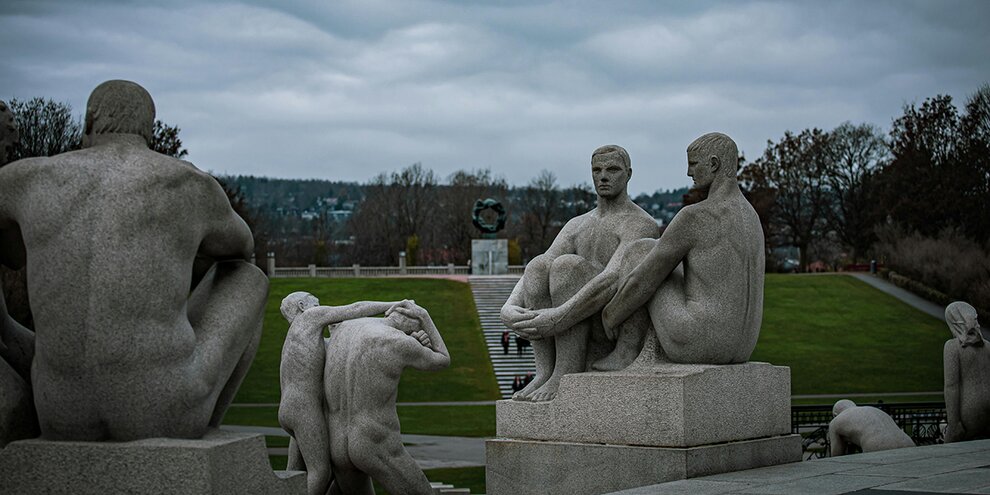Patrick D. Flores lauréat de l’appel Villa Vassilieff - Collège d’études mondiales

Pour la deuxième année consécutive, la Villa Vassilief et le Collège d’études mondiales de la FMSH attribuent une bourse pour un séjour de recherche adressé aux chercheurs et chercheuses en sciences humaines et sociales vivant et travaillant dans les Suds.
Le lauréat de l’appel à candidature Villa Vassilieff - Collège d’études mondiales (FMSH) est :
- Patrick D. Flores, Professeur (Histoire de l'art, Théorie, Critique, Art philippin), Département des études artistiques, Université des Philippines, Diliman
Il sera en résidence à Paris en juin 2019 et travaillera en lien avec la chaire Global South(s) du Collège d’études mondiales à la Fondation Maison des sciences de l’homme et l’équipe de la Villa Vassilieff.
Projet de recherche de Patrick D. Flores (en anglais)
“The Spirit and the Sentiment of the Present”: Nena Saguil and Women Artists from the South in Paris
Abstract :
This proposal pursues the work of the Philippine artist Nena Saguil (born in 1949) in Paris. In 1954, Saguil traveled to France to study art, before which she had previously exhibited in Manila, beginning in the late forties. While Saguil is the primary subject here, the discourse generated around her finds a constellation with fellow women artists from other parts of the world beyond Europe and the United States of America. The proposal links up Saguil with Tarsila do Amaral (Brazil), Amrita Sher-gil (India), and Pan Yuliang (China). To gather these women artists who all stayed in Paris in the first half of the twentieth century is to shed light on the history of women artists from the south; and inevitably to offer a model of art historiography that decisively reflects on the categories of gender and the south in the production of a post-colonial (or decolonial) modernity. This research dwells on the Paris years of Saguil and at the same time tries to theorize on a method of expanding the latitude of Southeast Asian art history by taking in other articulations of the south and the creative and critical labor of kindred women artists. The interest in these artists is not new, but this time it begins elsewhere through Saguil: in archipelagic Philippines, which bears no burden of the civilizational discourse and in fact is imagined as too colonially compromised. And it moves in another direction: towards Southeast Asian art history by way of migrant women from the south who had spent time in Paris.
Saguil follows through the relay initiated by Tarsila do Amaral, Amrita Sher-gil, and Pan Yuliang. Her shift from the School of Paris modernism, nominated as neorealist in Manila, to non-objective and abstract painting in Paris gestures towards a cognate of the history of artistic modernity in Paris through the practice of the aforementioned women artists who verisimilarly struggled with the language of realism and endeavored to transcend it in a range of ways. How they carried out this process of translation is a key concern of this proposal.
The phrase “the spirit and the sentiment of the present” comes from Saguil. When asked about style, she responded: “Style? What is it? I wish to make it clear that if I paint I do, in my own way, in the spirit and the sentiment of the present.” The proposal takes inspiration from the way she brings together the words spirit and sentiment and situate them in relation to the term present. On the one hand, the notion of the present speaks to the condition of an urgent artistic climate. On the other, the imagination of spirit and sentiment inflects such urgency with affect and animus, which do not so much intuit an essence of the other as reference the local moral world of the woman and the south.
The proposal converses with efforts to introduce a different cartography of art history: collecting women artists from the south in Paris. That being said, it foregrounds as well an eccentric heterochrony: telling the time of the modern through the work of these artists in Paris across spaces and temporalities within the twentieth century. In doing so, the proposal contributes to a critical reflection on modernity, Paris, and women artists. It is for this reason that the proposal invests in the concept of “interval,” this gap or lapse between an art-historical linearity and idiosyncratic or disruptive practice of post-colonial women artists from the Philippines, Brazil, India, and China.

Fermeture hivernale de la Fondation

Lauréats 2025 | Programme Arts

Lauréats 2025 | Programme trilatéral franco-nordique


